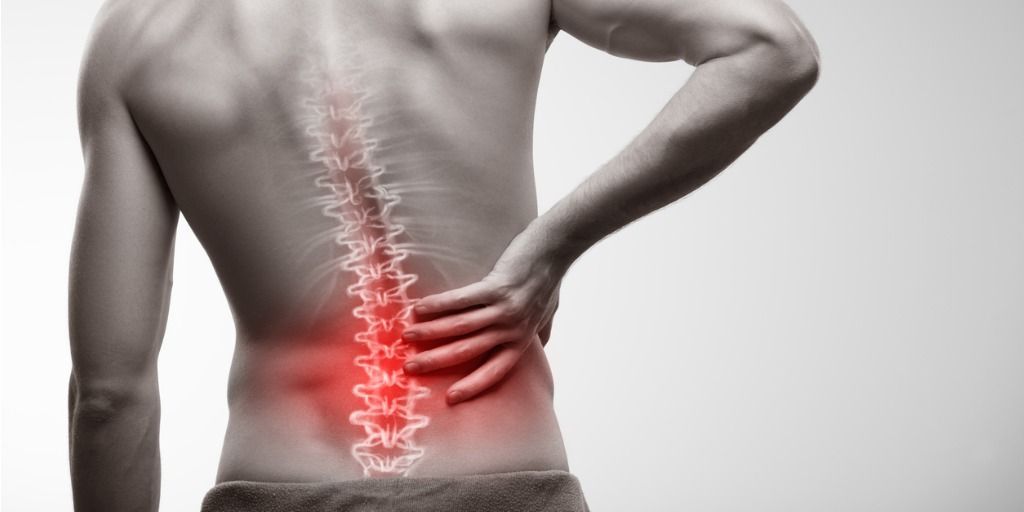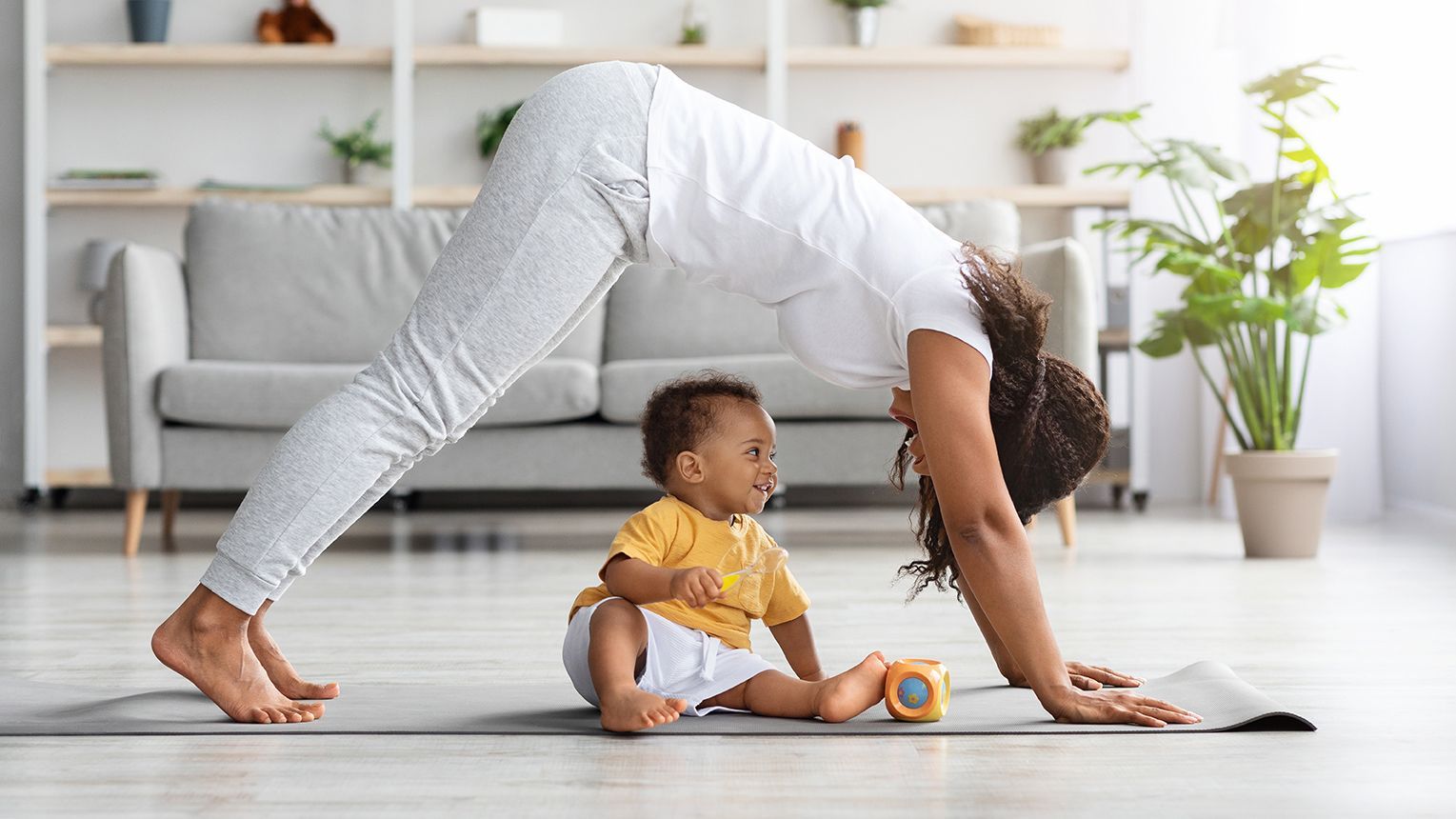Core Beliefs
Your core. A simple phrase with a surprisingly varied degree of understanding, definitions and misinformation. To some it is the muscles in your abdomen or tummy area, the ones that stabilise your trunk and form that iconic 6-pack of abs. To some it has layers, deep core, superficial core, pelvic floor. To others it follows the idea of the anatomy trains and spiral lines.
Whatever your definition these are usually identified as the muscles that must be worked and strengthened to reduce back pain. A strong and stable core equals less back pain and less back injuries. This is a statement I have come to loath over time. It is not that this statement is necessarily incorrect, rather the way it is educated to patients and the way it is implemented to treat back pain. I prefer; a mobile core leads to healthier movement patterns and reduce back pain.
Our spines are designed to move. It is not a rigid pole but a series of small parts that make up a whole which work together to twist and bend and rotate around themselves. Often, I will see core training implemented in a way that holds minimal value to a person’s day to day movements. Hold a plank, lie on your back and crunch, keep a straight back while you squat or lift a weight from the floor. All lines I’m sure have heard before and many of us, including myself, have used before.
A strong, stable and rigid core is not as meaningful as a mobile core. A mobile core being strong and controlled through movement. A heavy focus on core training where positions are held or repetitive movements to contract the muscle can actually increase back pain. The reasons for this come from the patient feeling the need to tense their abs throughout the day and close the space between their ribs and pelvis. The patient then has increased abdominal pressure and limits their movement throughout the day being more rigid – negative movement patterns.
Core muscles should be included as a part of whole body. Core vs the rest is a mentality that trivialises the body and can inhibit recovery while leading to adoption of negative movement patterns. The core is interconnected with the rest of the body and should be treated as such. With regards to lower back pain, there are many other know contributing factors. Especially non-specific lower back pain (NSLBP) which accounts for an overwhelming majority of back pain, up to 90% of cases depending on your source of reference. Psychological and Psychosocial factors play a large role in recovery of these injuries and conditions. An incredibly important aspect of treatment and one that is worth mentioning but a topic for another day.
I challenge you to explore lifting through movements that are not “textbook.” Remember we work with patients, not competing athletes who must stick to strict rules (although sometimes these do align). Squat with flexion, lift with imbalanced weights and encourage twisting. As with any exercise start simple, start small and build up to heavier and larger movements as your patient progresses.
Cameron Addison
Workers Compensation Specialist (AEP, ESSAM)
Exercise Rehabilitation Services – WA




